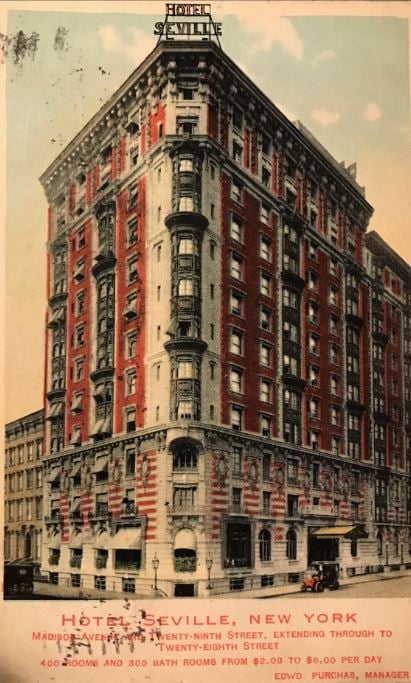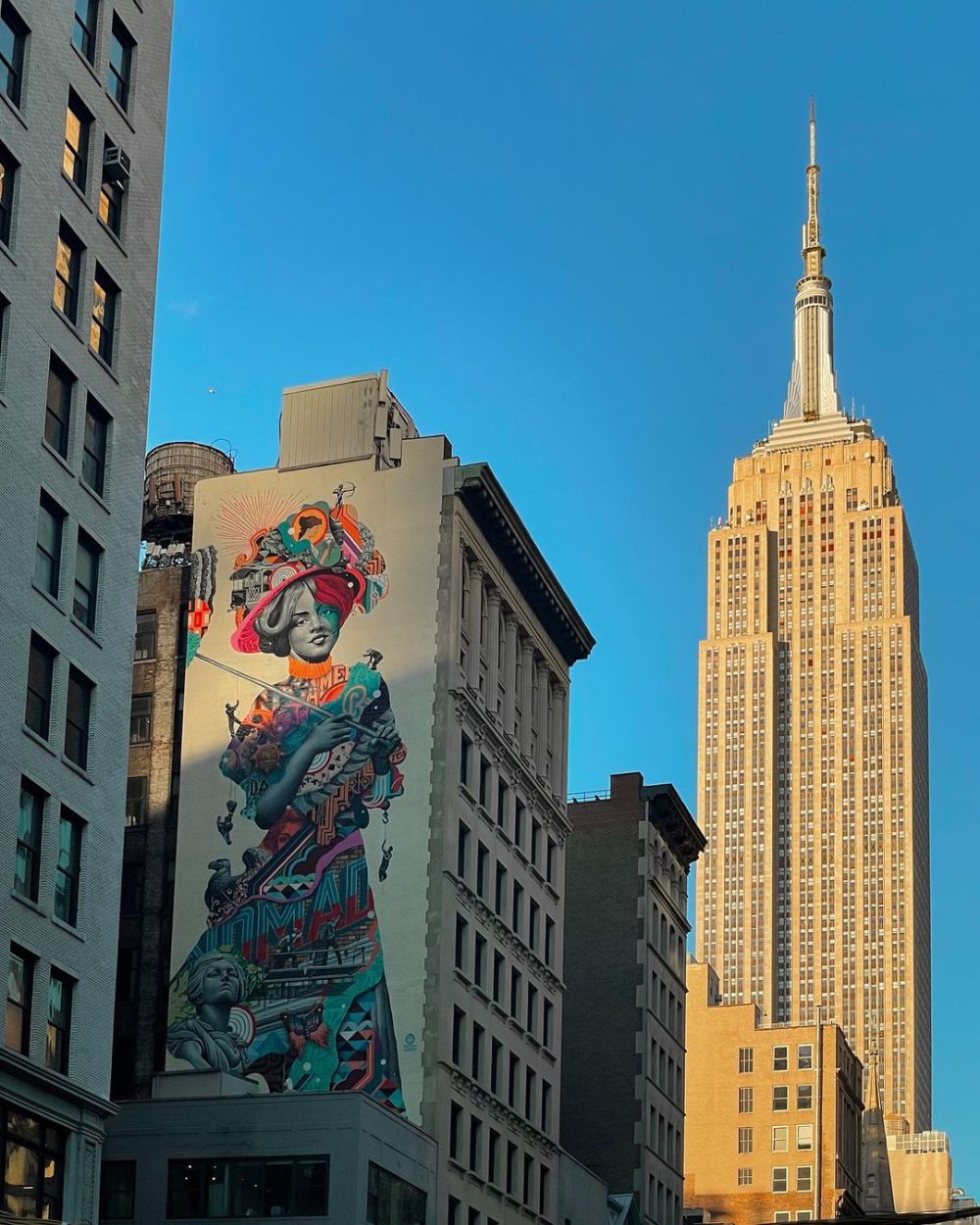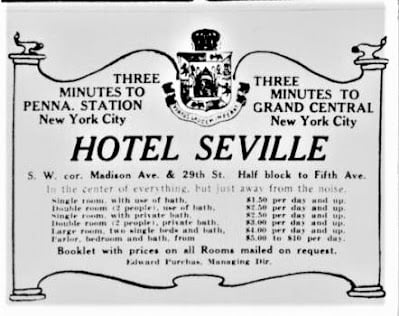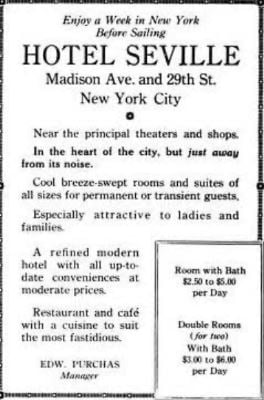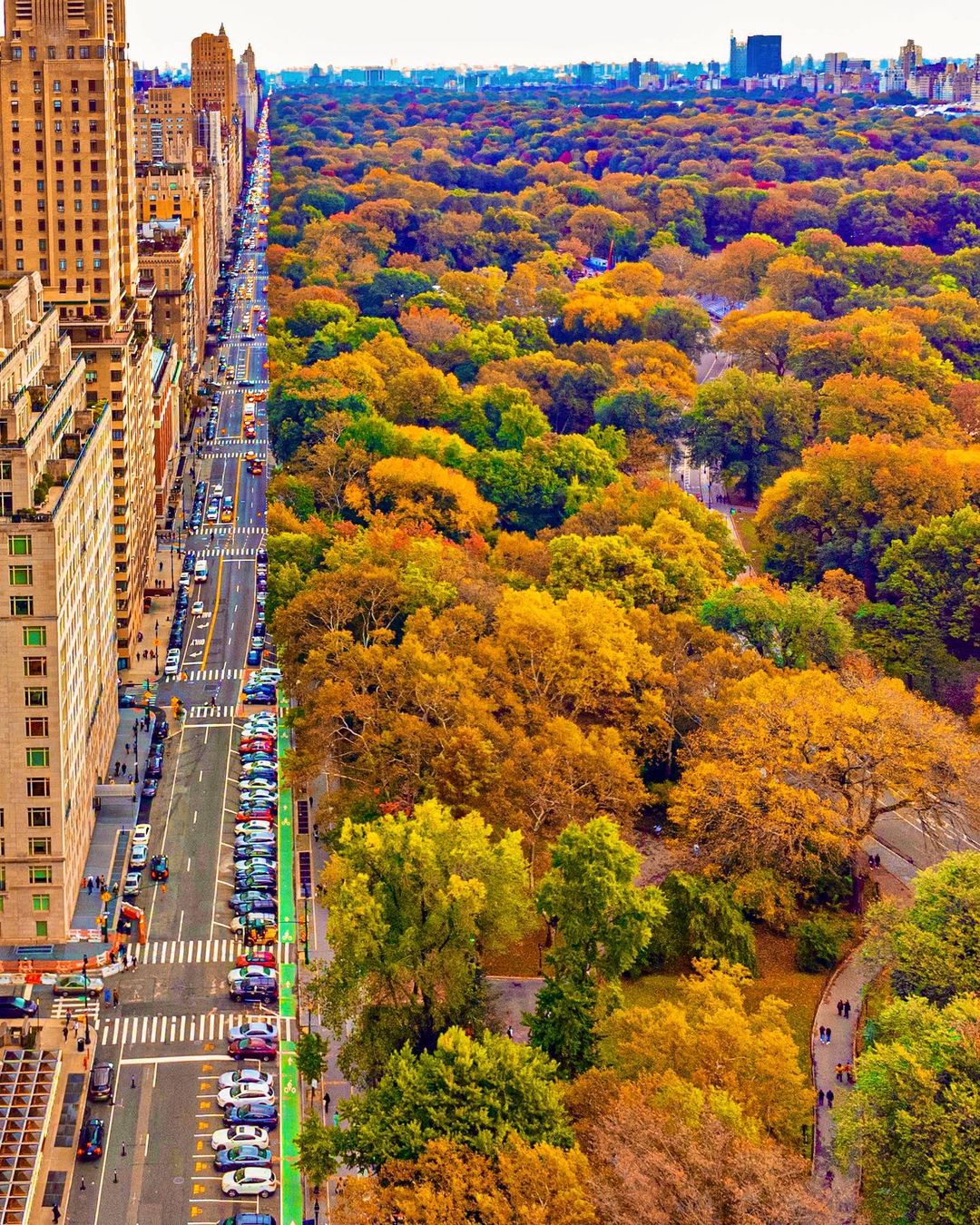Wellness
Running the 2022 New York City Marathon with The James NoMad
It’s 2022, and the New York City Marathon is back—in person! This year, The James NoMad is proud to support athletes as they return to this vibrant event in the city, with fans and all.

